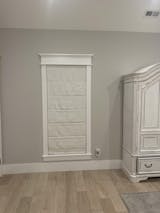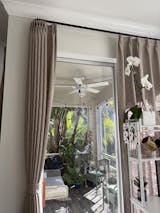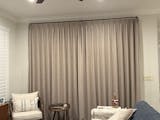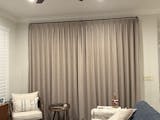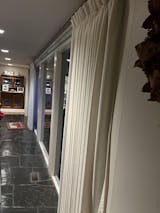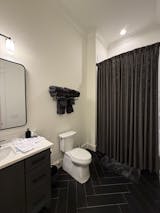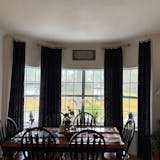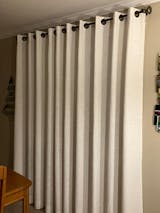Inside Mount VS. Outside Mount: Which One Should I Choose?
Before you focus on how to measure windows for blinds or shades, you must decide which type of mounting is right for you. Both inside and outside mounts offer distinct benefits and are suited for different situations.










